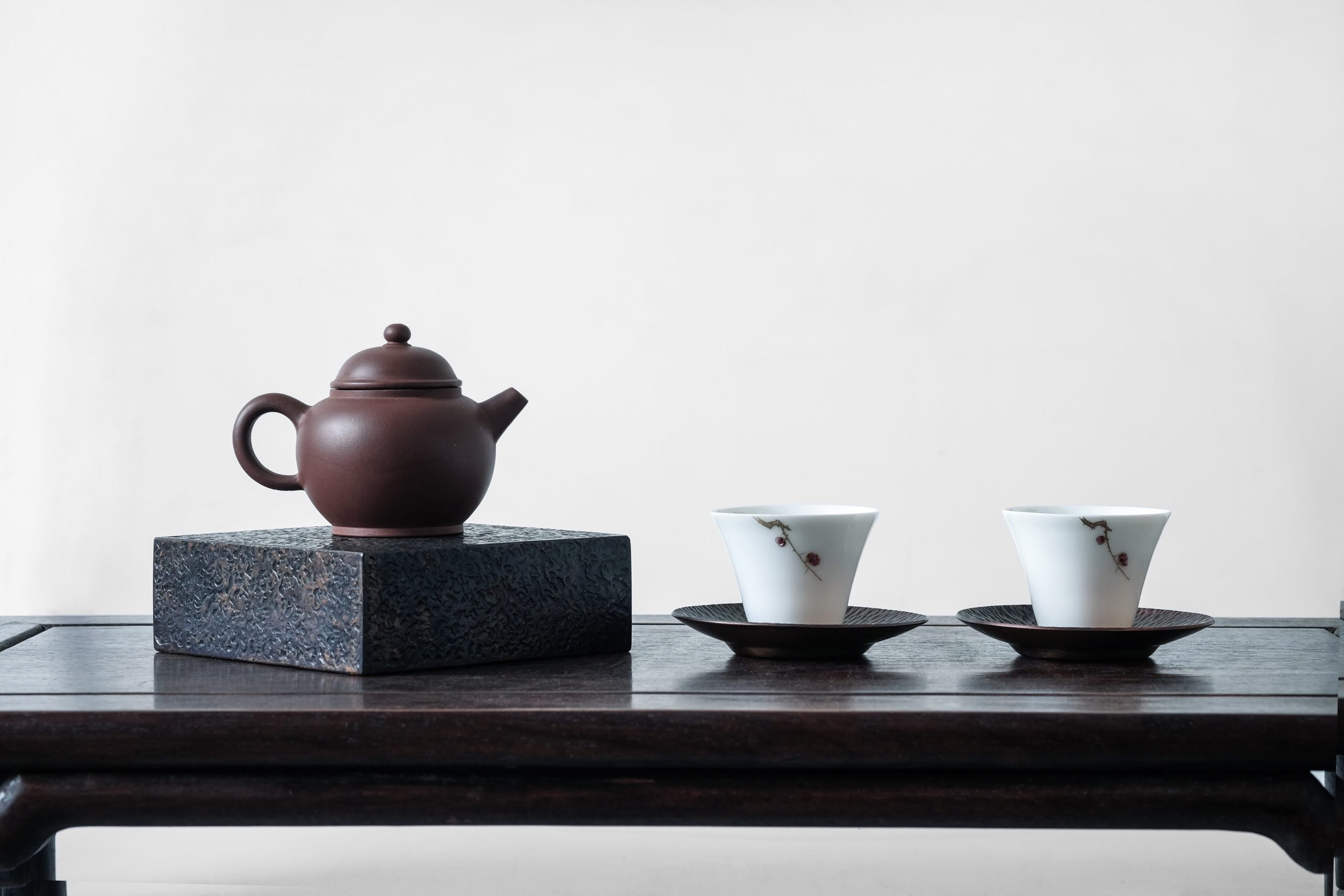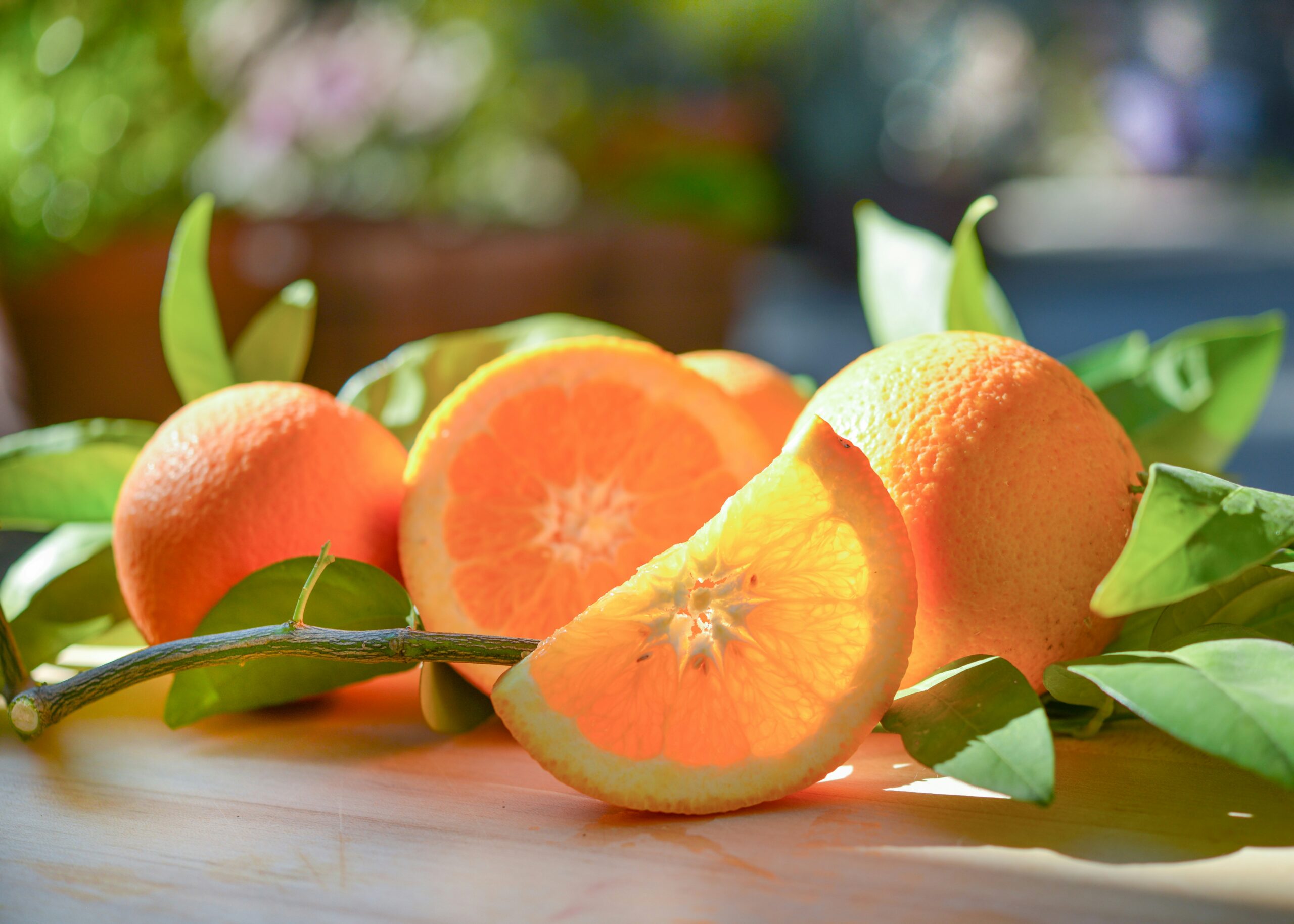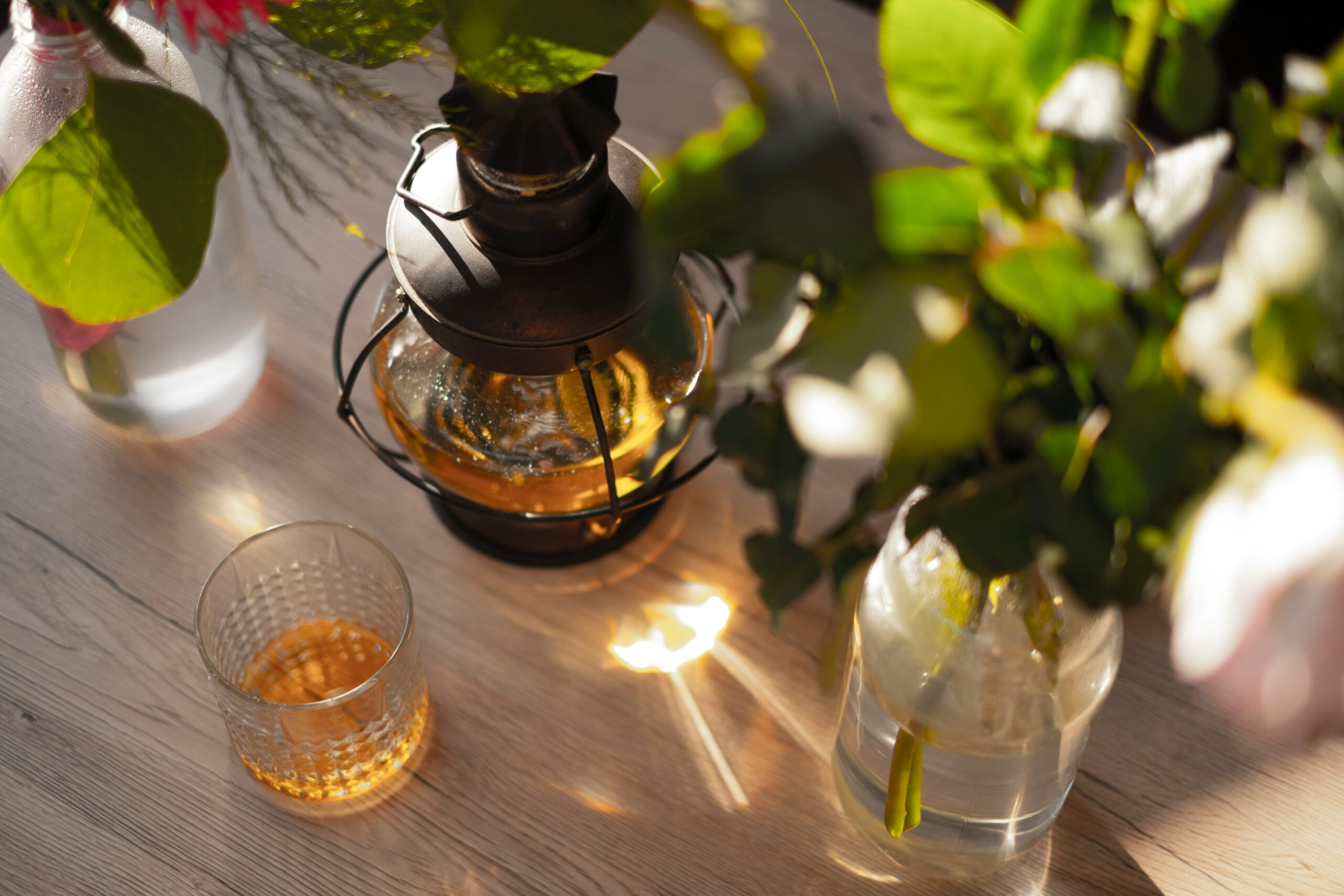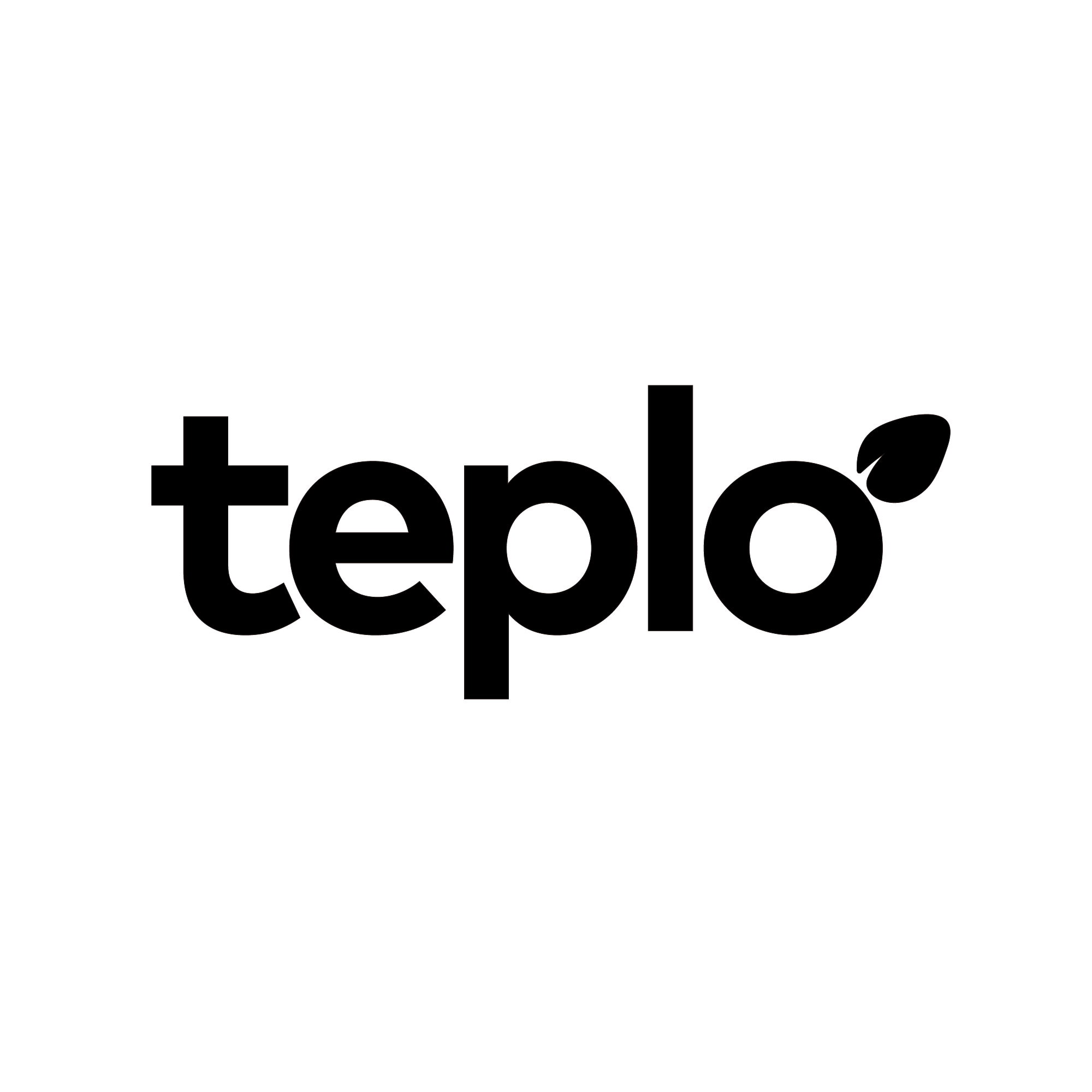Blogs » Μη κατηγοριοποιημένο » Does tea have more caffeine than coffee? Investigating the urban legends about caffeine.
Does tea have more caffeine than coffee? Investigating the urban legends about caffeine.
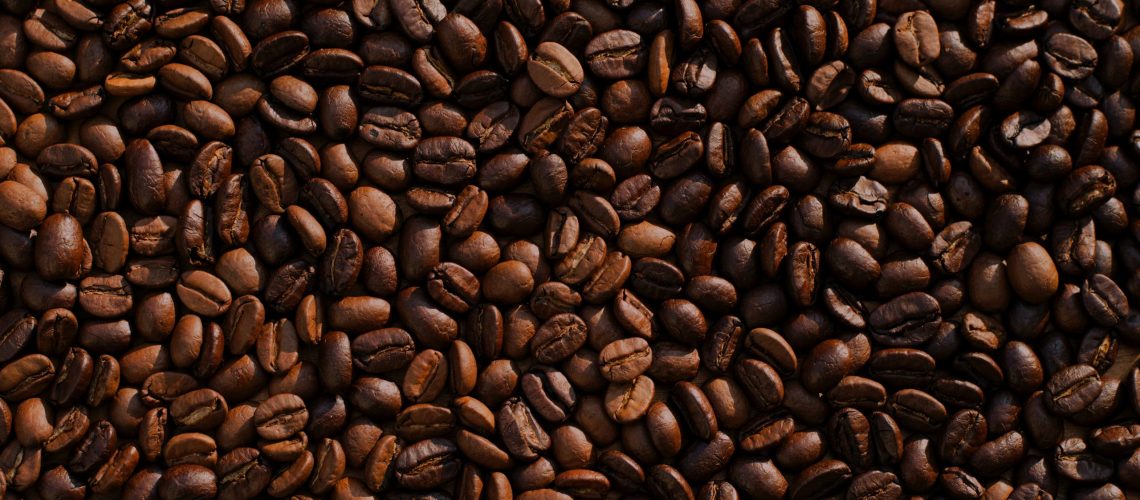
Have you ever heard someone say, “Tea has more caffeine than coffee”? When I heard this, I was half surprised and half skeptical. So, in this article, I will use data to unravel the theory that “tea has more caffeine than coffee.”

This time, from the Ministry of Education, Culture, Sports, Science and Technology.The 2020 Edition (8th Revision) of the Standard Tables of Food Composition in Japan, Complete VersionI referred to the Standard Tables of Food Composition in Japan, 2020 Edition (8th Revision). The extracted figures from the table are as follows.
Have you ever heard someone say, “Tea has more caffeine than coffee”? When I first heard this, I was half surprised and half skeptical. So, in this article, I will analyze the theory that “tea has more caffeine than coffee” using data.
This time, I referred to the “Standard Tables of Food Composition in Japan, 2020 Edition (8th Revision).” The extracted figures from the table are as follows:
- Caffeine content in 100g of coffee extract: 0.06g (Extraction method: 10g coffee powder / 150mL hot water)
- Caffeine content in 100g of gyokuro extract: 0.16g (Extraction method: 10g tea / 60°C 60mL, 2.5 minutes)
- Caffeine content in 100g of sencha extract: 0.02g (Extraction method: 10g tea / 90°C 430mL, 1 minute)
- Caffeine content in 100g of kamairicha extract: 0.01g (Extraction method: 10g tea / 90°C 430mL, 1 minute)
- Caffeine content in 100g of bancha extract: 0.01g (Extraction method: 15g tea / 90°C 650mL, 0.5 minute)
- Caffeine content in 100g of hojicha extract: 0.02g (Extraction method: 15g tea / 90°C 650mL, 0.5 minute)
- Caffeine content in 100g of oolong tea extract: 0.02g (Extraction method: 15g tea / 90°C 650mL, 0.5 minute)
- Caffeine content in 100g of black tea extract: 0.03g (Extraction method: 5g tea / 360mL hot water, 1.5 to 4 minutes)
This is very interesting data. First of all, it is impressive that the Ministry of Education, Culture, Sports, Science and Technology (MEXT) has classified tea so finely, extracted each type under conditions that bring out the characteristics of their flavor, analyzed the components, and published the results. While it might be easy to think of distinguishing between sencha and black tea, separating and testing sencha and kamairicha shows a deep appreciation for tea from enthusiasts.
Returning to the results, the analysis shows that all teas except gyokuro have less caffeine than coffee. Let’s delve a bit deeper into gyokuro, which has more caffeine than coffee. The extraction method involves using 60mL of water at 60°C for 2.5 minutes with 10g of tea. This method is known as “shizuku tea,” where the aim is to enjoy the condensed essence of gyokuro. Since the tea leaves absorb water during extraction, the actual amount of extractable liquid is around 20-30mL. This is a very concentrated tea, similar to espresso in coffee terms.
Comparing gyokuro to coffee based on “caffeine content per 100g” creates a discrepancy with practical consumption methods. Comparing “300mL of espresso to 300mL of coffee” feels unrealistic. The special preparation of gyokuro introduces some discomfort in the results.
This data might have led to the theory that “tea has more caffeine than coffee.” The theory is valid if you compare gyokuro (prepared like shizuku tea) in the same quantity as coffee. However, considering typical consumption volumes in daily life, coffee usually has more caffeine. All other
types of tea have less caffeine than coffee.
Therefore, a suitable response to someone saying, “Tea has more caffeine than coffee” would be:
“That’s true for gyokuro. However, comparing gyokuro to coffee is somewhat unrealistic because gyokuro is very concentrated, similar to espresso. You wouldn’t drink 300mL of espresso like you would coffee. When considering the actual amount of caffeine consumed, coffee generally has more. Additionally, all other types of tea have less caffeine than coffee.”
While data is crucial, understanding its context reveals more insights. In this exploration, I felt the Ministry of Education, Culture, Sports, Science and Technology’s dedication to tea and their detailed approach was truly impressive. The detailed breakdown and accurate data provided valuable learning.
That’s all for this article. I look forward to analyzing more tea-related theories in the future.
